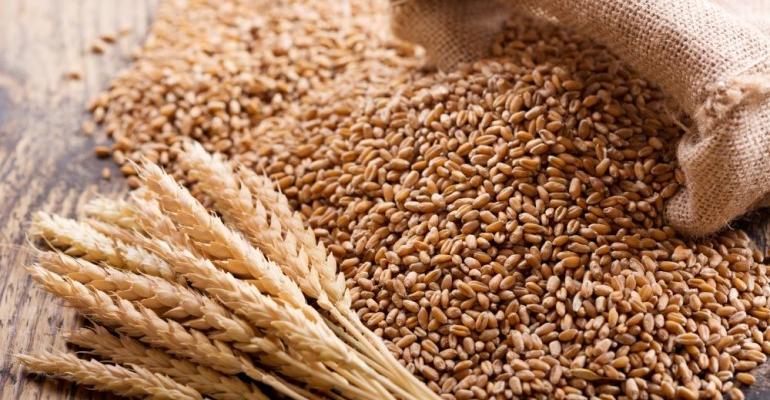President Alberto Fernández recently pledged that Argentina would seize the opportunity to help meet global wheat demand, filling in some of the deficit caused by the war in Ukraine, but a poor harvest could put that ambition out of reach.
“It now appears that Argentina’s opportunity to fill the gap left by Ukraine is slipping away as the export quota has been reduced by 31% and the 2022/23 wheat harvest is likely to be the worst in 12 years,” said Niels Rasmussen, Chief Shipping Analyst at Bimco.
The United States Department of Agriculture (USDA) noted in its June Grain: World Markets and Trade report that: “Argentina, the most competitive exporter only two months ago, has become the most expensive origin as large exports have diminished available supplies.”
According to Bimco, Argentina was the 6th largest exporter of wheat in 2021, accounting for 7.2% of global export volumes. In the first four months of 2022, the country exported 9.5m tonnes of wheat from the record 2021/22 harvest.
The wheat export quota for 2022/23 was set at 10m tonnes, a mechanism the government uses to control domestic prices for flour, bread and pasta prices as inflation runs rampant.
Export quotas serve to make exports less attractive to Argentine farmers as higher export prices on the world market are put out of reach. Fertiliser and other inputs which helped Argentina to its bumper crop in 2021/22 have also risen sharply in price, disincentivising what planting and putting pressure on yields.
According to the USDA, those pressures add up to tight profit margins for wheat on rented land. With costs for fertiliser alone up $200 per hectare, other crops with lower input costs become more attractive.
“Medium and large farmers most likely will plant a similar area as last year so as not to break crop rotation schemes, but smaller producers will probably abandon wheat in order to plant early soybeans in the spring,” said the USDA.
“At best, Argentina’s exports for the 2022/23 marketing season will therefore drop 6.4m tonnes. At worst, delays in wheat planting due to drought, particularly in the northeast, are casting doubt on whether the full export quota will be filled,” said Rasmussen.
“Adding to those risks, in the midst of high fertilizer prices and the inability to export their wheat to markets where prices are higher, farmers in Argentina are shifting towards other crops.”
Destinations for wheat exports already booked for 2022/23 are mostly confidential, but the USDA said Brazil was the main export destination for Argentine wheat in 2021 with 46% of exports, followed by Chile with 7%, Morocco with 6% and Indonesia and Kenya at 5% each.
“A reduction in export volumes from Argentina will add to the worldwide wheat shortage already felt in the global markets,” said Bimco.
Copyright © 2024. All rights reserved. Seatrade, a trading name of Informa Markets (UK) Limited.
Add Seatrade Maritime News to your Google News feed.  |

